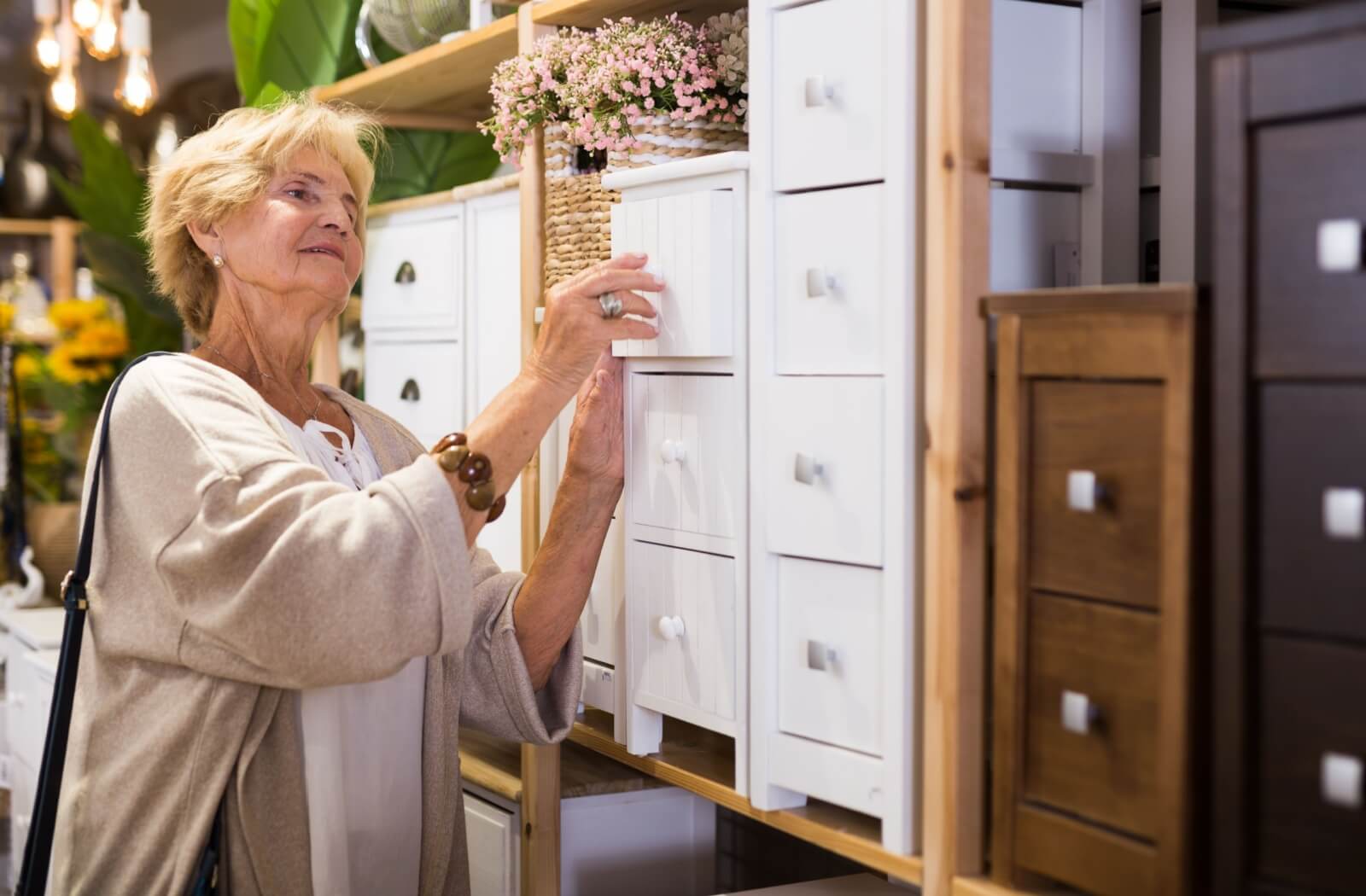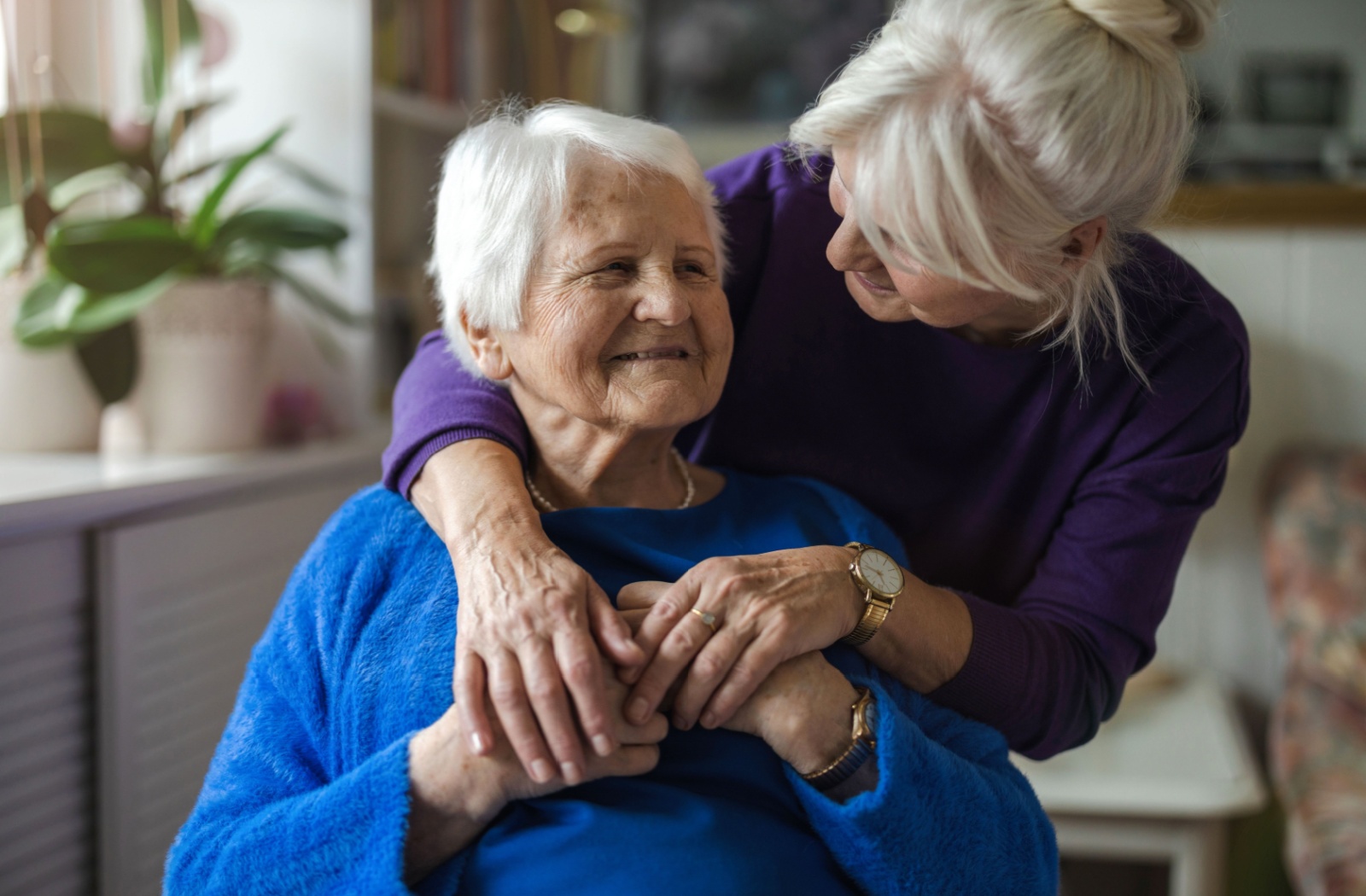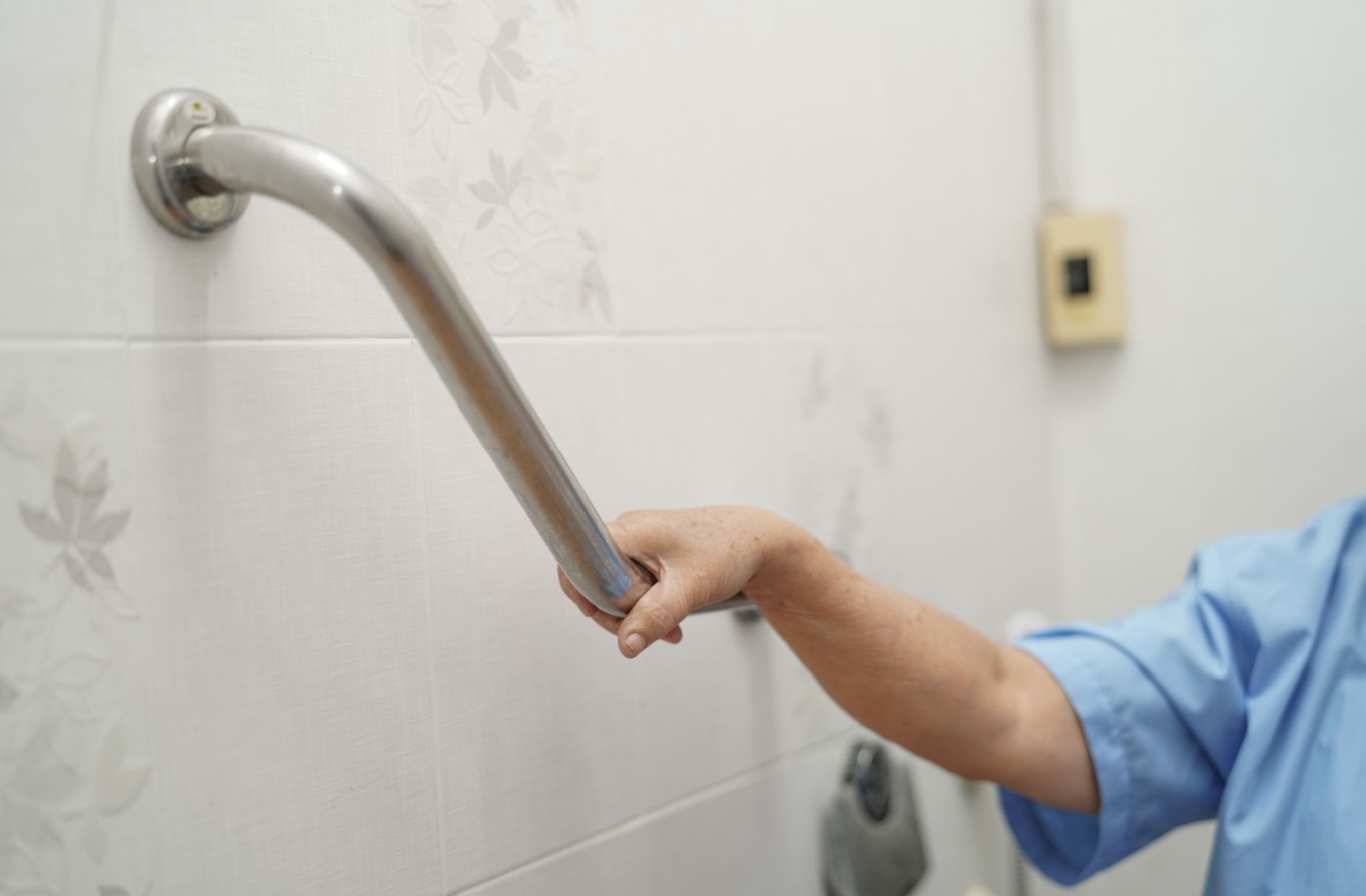
Building Friendships Later in Life: Tips for Seniors
Key Takeaways Social connections foster a sense of belonging and add joy to daily life. Finding people with shared hobbies is a great way to form a natural bond. A supportive community provides daily opportunities for social interaction. Simple actions like a smile or a question can easily start a new friendship. Tips for Making…










